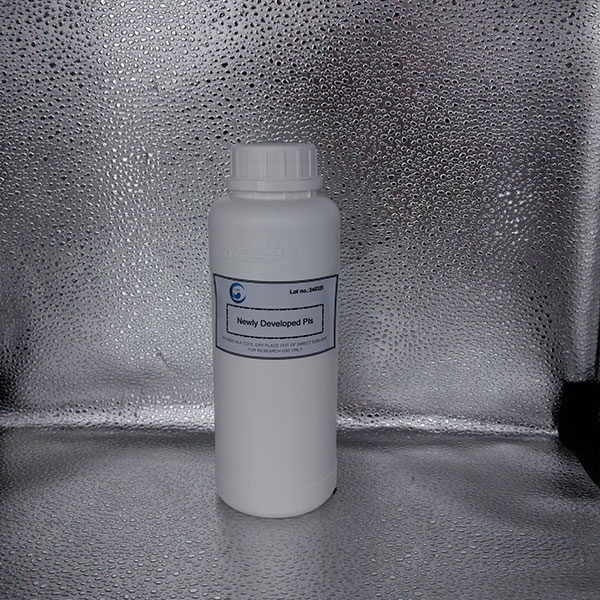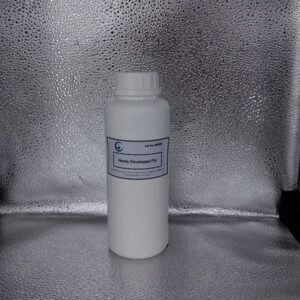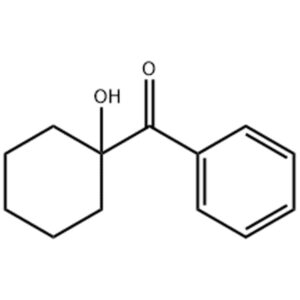描述
光引发剂 LAP /苯基-2,4,6-三甲基苯甲酰膦酸锂 CAS 85073-19-4
同义词: 苯基-2,4,6-三甲基苯甲酰基膦酸锂
化学文摘社编号: 85073-19-4
分子式:C16H18LiO3P
一般信息:
LAP 是一种水溶性蓝光光引发剂,可在蓝光(波长 405nm)作用下快速引发光敏水凝胶材料或生物墨水的固化。
LAP 在 405 纳米蓝光的照射下会发生光交联,由于与细胞的相容性更好,因此一般优于 2959。
规格:
| 外观 | 白色粉末 |
| 纯净 | ≥98.5% |
| 吸收峰值 | 371 纳米 |
| 挥发性成分 | ≤0.5% |
使用方法:
水基光聚合物三维打印技术并不简单。它与传统的三维打印技术截然不同。传统三维打印在材料加工和成型精度方面往往存在局限性,而水性光聚合物三维打印则可以借助光引发剂 LAP 的神奇力量,实现更精细、更复杂的结构。这涉及一个复杂的光化学反应原理。在特定波长的光线照射下,光引发剂 LAP 可以在水性光聚合物油墨中迅速引发聚合反应,使打印材料迅速从液态转变为固态,并精确地堆积成设计好的三维模型。
在生物领域,3D 打印含有细胞的活生物体是一项革命性技术。想象一下,在医学研究中,科学家们正试图修复受损的人体组织或器官。曾经,这只是一个遥不可及的梦想,但含有细胞的活体三维打印技术却让这一切成为可能。在这一过程中,光引发剂 LAP 充当了指挥者的角色,引导水基光固化材料与细胞的结合和塑形,就像指挥一曲精美的生命交响乐。例如,在一些皮肤组织修复的实验案例中,科学家利用含有细胞的生物打印技术成功地制造出了具有生理活性的皮肤组织,为烧伤患者带来了福音。光引发剂 LAP 在这一过程中的作用非常重要。它能确保打印过程温和而准确,避免对细胞造成损伤,并为细胞存活和随后的组织功能创造有利条件。
长波长水性光固化涂料在工业和装饰领域也有着广阔的应用前景。从历史上看,涂料技术一直在不断发展,从早期简单的颜料应用到今天的高科技涂料。长波长水性光固化涂料是涂料家族中的新成员。在汽车工业等实际应用中,长波长水性光固化涂料可以提高涂层的硬度和耐磨性,同时确保环保。在此过程中,光引发剂 LAP 充分利用了长波长光的特性,使涂层的固化过程更加稳定、高效。根据最新的研究数据,这种涂料固化后的耐腐蚀性能比传统涂料高出约 30%,这无疑为汽车等长期暴露在复杂环境中的产品提供了更可靠的保护。
| 水基光固化 3d 打印 | 水基光固化油墨 |
| 含细胞的生物 3d 打印。 | 含细胞水凝胶固化 |
| 长波长水基光固化涂料 | |
建议用量0.1-5%(重量比)
包装:
1 公斤/袋
存储:
存放在阴凉干燥处,避免阳光直射。
避免光照和加热。
保护产品在运输过程中不受泄漏、雨淋和日晒的影响。
立即联系我们!
如果您需要价格,请在下表中填写您的联系信息,我们通常会在 24 小时内与您联系。您也可以给我发电子邮件 info@longchangchemical.com 请在工作时间(UTC+8 周一至周六,上午 8:30 至下午 6:00)或使用网站即时聊天工具获得及时回复。
| 光引发剂 TPO | 化学文摘社编号 75980-60-8 |
| 光引发剂 TMO | cas 270586-78-2 |
| 光引发剂 PD-01 | 化学文摘社编号 579-07-7 |
| 光引发剂 PBZ | 化学文摘社编号 2128-93-0 |
| 光引发剂 OXE-02 | cas 478556-66-0 |
| 光引发剂 OMBB | 化学文摘社 606-28-0 |
| 光引发剂 MPBZ (6012) | CAS 86428-83-3 |
| 光引发剂 MBP | 化学文摘社编号 134-84-9 |
| 光引发剂 MBF | 化学文摘社编号 15206-55-0 |
| 光引发剂 LAP | 化学文摘社编号 85073-19-4 |
| 光引发剂 ITX | CAS 5495-84-1 |
| 光引发剂 EMK | 化学文摘社编号 90-93-7 |
| 光引发剂 EHA | 化学文摘社编号 21245-02-3 |
| 光引发剂 EDB | CAS 10287-53-3 |
| 光引发剂 DETX | 化学文摘社编号 82799-44-8 |
| 光引发剂 CQ / 樟脑醌 | 化学文摘社编号 10373-78-1 |
| 光引发剂 CBP | 化学文摘社编号 134-85-0 |
| 光引发剂 BP / 二苯甲酮 | 化学文摘社编号 119-61-9 |
| 光引发剂 BMS | 化学文摘社 83846-85-9 |
| 光引发剂 938 | 化学文摘社编号 61358-25-6 |
| 光引发剂 937 | CAS 71786-70-4 |
| 光引发剂 819 DW | cas 162881-26-7 |
| 光引发剂 819 | cas 162881-26-7 |
| 光引发剂 784 | cas 125051-32-3 |
| 光引发剂 754 | CAS 211510-16-6 442536-99-4 |
| 光引发剂 6993 | 化学文摘社编号 71449-78-0 |
| 光引发剂 6976 | cas 71449-78-0 89452-37-9 108-32-7 |
| 光引发剂 379 | cas 119344-86-4 |
| 光引发剂 369 | cas 119313-12-1 |
| 光引发剂 160 | 化学文摘社编号 71868-15-0 |
| 光引发剂 1206 | |
| 光引发剂 1173 | 化学文摘社编号 7473-98-5 |






评价
目前还没有评价